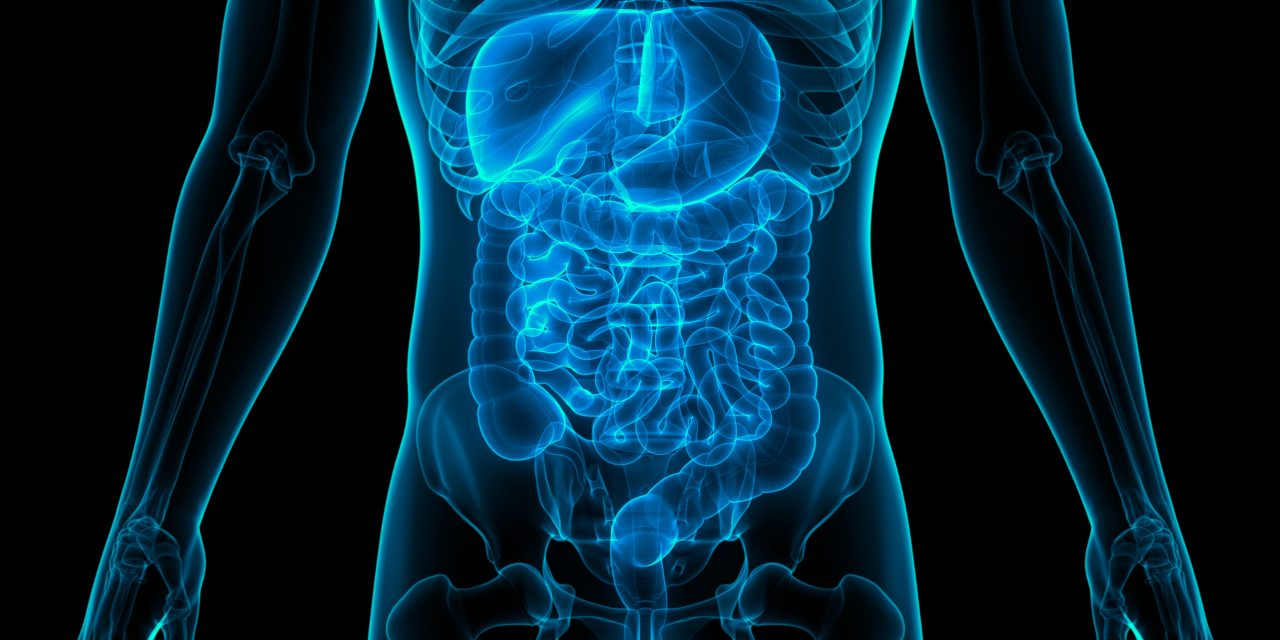Clostridioides difficile infections (CDI) are the leading cause of nosocomial antibiotic-associated diarrhea. C. difficile produces dormant spores that serve as infectious agents. Bile salts in the gastrointestinal tract signal spores to germinate into toxin-producing cells. As spore germination is required for CDI onset, anti-germination compounds may serve as prophylactics. CamSA, a synthetic bile salt, was previously shown to inhibit C. difficile spore germination in vitro and in vivo. Unexpectedly, a single dose of CamSA was sufficient to offer multi-day protection from CDI in mice without any observable toxicity. To study this intriguing protection pattern, we examined the pharmacokinetic parameters of CamSA. CamSA was stable to the gut of antibiotic-treated mice but was extensively degraded by the microbiota of non-antibiotic-treated animals. Our data also suggest that CamSA’s systemic absorption is minimal since it is retained primarily in the intestinal lumen and liver. CamSA shows weak interactions with CYP3A4, a P450 hepatic isozyme involved in drug metabolism and bile salt modification. Like other bile salts, CamSA seems to undergo enterohepatic circulation. We hypothesize that the cycling of CamSA between the liver and intestines serves as a slow-release mechanism that allows CamSA to be retained in the gastrointestinal tract for days. This model explains how a single CamSA dose can prevent murine CDI even though spores are present in the animal’s intestine for up to four days post-challenge.Copyright © 2020 Elsevier Inc. All rights reserved.
Pharmacokinetics of CamSA, a Potential Prophylactic Compound against Clostridioides difficile Infections.


